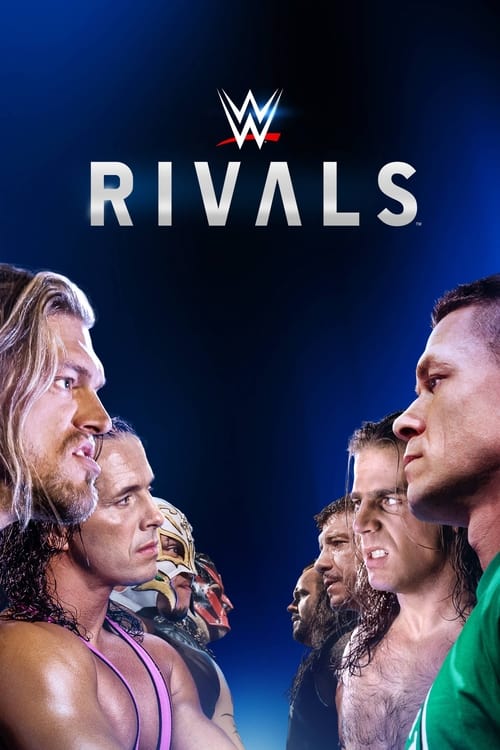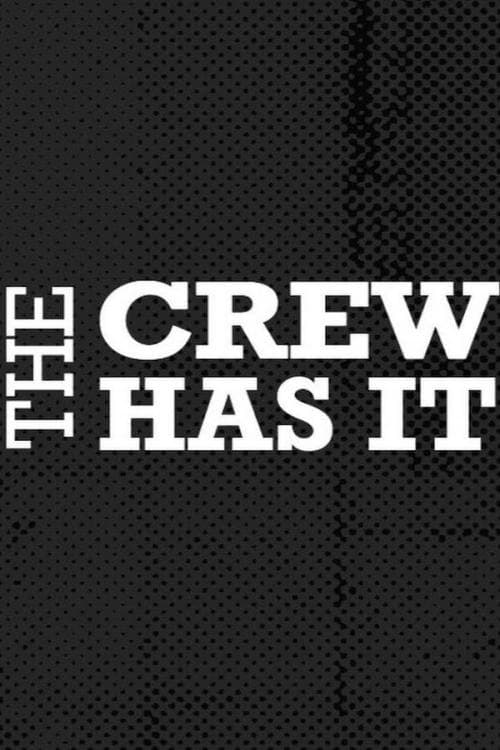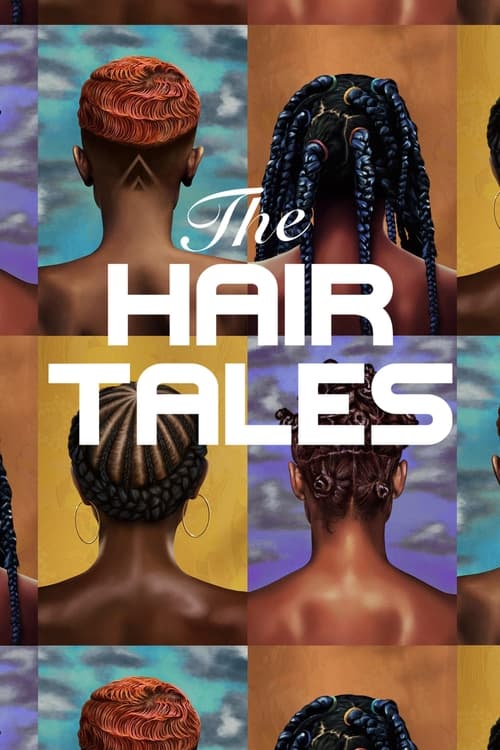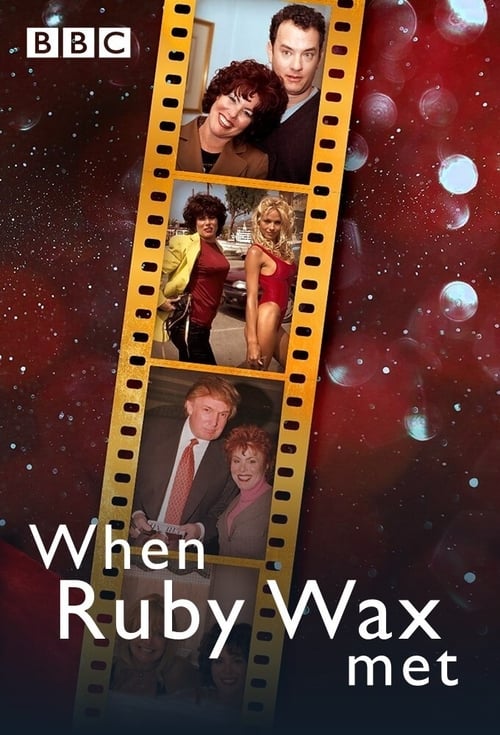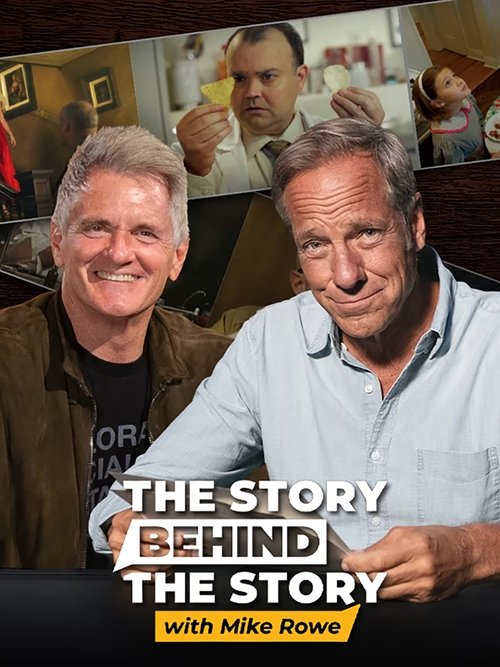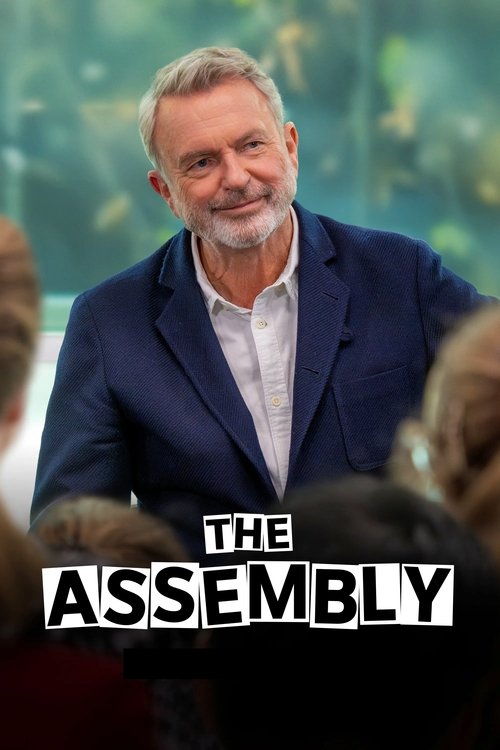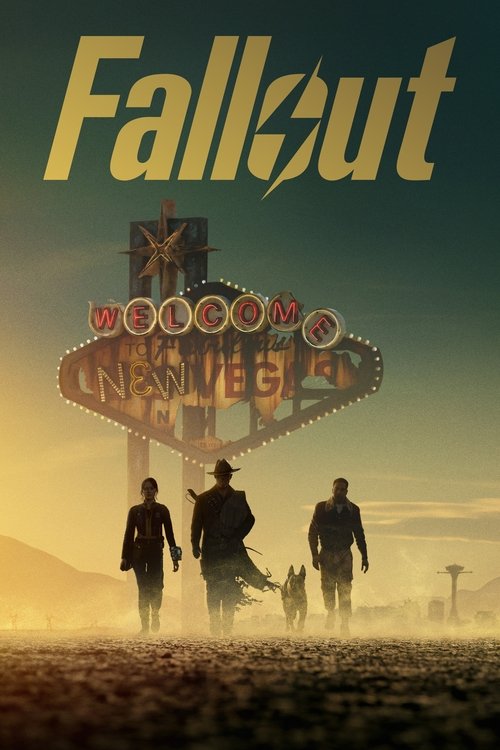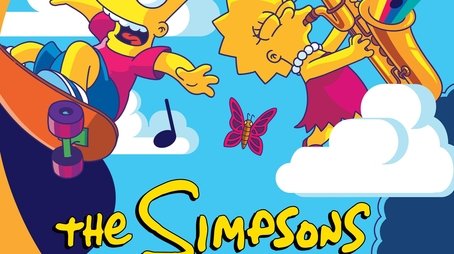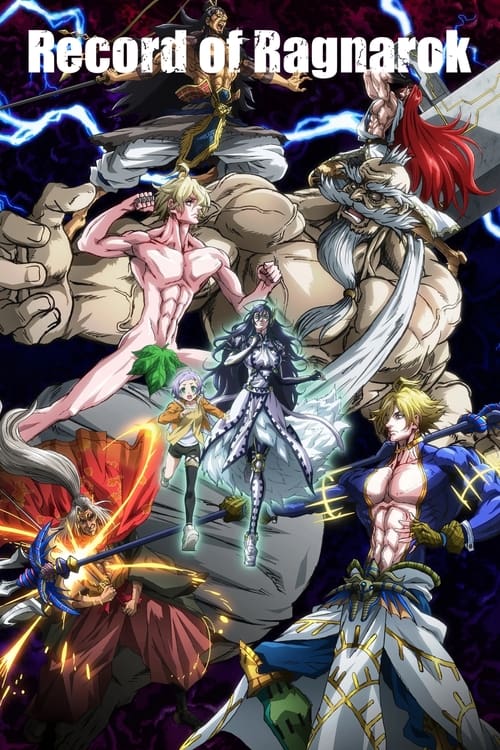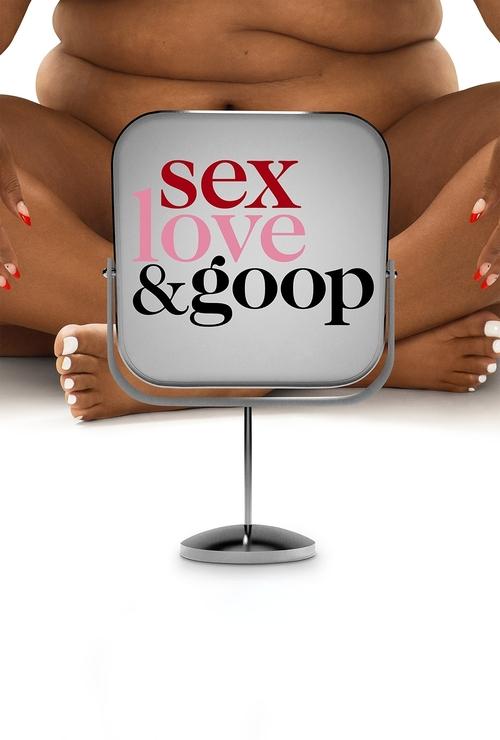
Ask Your Own Question
What is the plot?
WWE Rivals begins with a focus on the intense rivalry between two iconic wrestlers, Bret Hart and Shawn Michaels. The episode opens with a montage of their early careers, showcasing their rise in the wrestling world. The narrative quickly shifts to the late 1990s, highlighting the growing tension between the two as they both vie for the top spot in WWE.
The first major plot point occurs during a pivotal match at the 1997 Survivor Series. The atmosphere is electric as fans fill the arena, eagerly anticipating the showdown. Bret Hart, the reigning champion, enters the ring with a confident demeanor, while Shawn Michaels, known for his cocky attitude, follows closely behind. The match is filled with high-stakes maneuvers, showcasing both wrestlers' technical skills and charisma. As the match progresses, the tension escalates, with near falls and dramatic moments that keep the audience on the edge of their seats.
As the match reaches its climax, Vince McMahon, the owner of WWE, is shown backstage, visibly anxious about the outcome. He is torn between his loyalty to Bret Hart, who is a long-time champion, and the potential for Shawn Michaels to draw in a larger audience. This internal conflict sets the stage for the controversial decision that follows. In a shocking turn of events, Vince instructs the referee to end the match prematurely, leading to Shawn Michaels being declared the winner and the new champion. The crowd erupts in a mix of cheers and boos, while Bret Hart is left in disbelief, feeling betrayed by the organization he dedicated his life to.
Following the match, Bret Hart confronts Vince McMahon in the locker room, expressing his anger and frustration over the way the match was handled. The confrontation is heated, with Bret accusing Vince of sabotaging him and favoring Shawn Michaels. Vince, trying to maintain his composure, argues that the decision was made for the good of the company. This exchange highlights the deepening rift between Bret and Vince, as well as the personal stakes involved in the rivalry.
The narrative then shifts to the aftermath of the Survivor Series incident. Bret Hart decides to leave WWE for WCW, feeling disrespected and undervalued. The episode captures his emotional turmoil as he reflects on his legacy and the impact of the betrayal. Meanwhile, Shawn Michaels revels in his victory, but the weight of the controversy begins to take a toll on him. He grapples with the idea that his championship win was tainted, leading to moments of self-doubt and insecurity.
As the story progresses, the rivalry continues to evolve, with both wrestlers taking different paths in their careers. Bret Hart finds success in WCW, but the shadow of his past with WWE looms large. Shawn Michaels, on the other hand, faces his own challenges, including personal struggles and injuries that threaten his career. The episode delves into their respective journeys, showcasing their resilience and determination to prove themselves in the wrestling world.
The climax of the episode occurs when Bret Hart and Shawn Michaels are brought together for a special event years later. The tension is palpable as they sit down for a candid discussion about their rivalry and the events that transpired. Both wrestlers express their feelings of betrayal, regret, and the impact of their feud on their lives. This moment of vulnerability allows them to confront their past and begin to heal, providing a sense of closure to their long-standing rivalry.
The episode concludes with a reflection on the legacy of Bret Hart and Shawn Michaels, emphasizing the significance of their rivalry in shaping the landscape of professional wrestling. The final scenes showcase their respective contributions to the industry, leaving viewers with a sense of appreciation for the complexities of their relationship and the enduring impact of their rivalry on WWE history.
What is the ending?
In the ending of WWE Rivals, the series culminates in a dramatic showdown between two iconic wrestlers, showcasing their intense rivalry and personal struggles. The final episode focuses on the culmination of their long-standing feud, highlighting their emotional journeys and the impact of their rivalry on their careers and personal lives.
As the episode unfolds, the tension builds towards a climactic match that serves as both a physical confrontation and a resolution of their deep-seated animosity. The wrestlers enter the ring, each carrying the weight of their past experiences and the stakes of their rivalry. The match is filled with high-energy moves, dramatic near-falls, and emotional moments that reflect their personal stakes. Ultimately, one wrestler emerges victorious, but the victory is bittersweet, as it signifies not just a win in the ring but also a resolution to their long-standing conflict.
The episode concludes with a reflection on their journeys, showcasing how the rivalry has shaped them both as individuals and as performers. The final scenes emphasize the respect that has developed between them, despite their fierce competition, leaving viewers with a sense of closure and the understanding that rivalries can lead to personal growth and mutual respect.
As the final episode of WWE Rivals begins, the atmosphere is electric, charged with anticipation. The camera pans over a packed arena, the crowd buzzing with excitement, their cheers echoing off the walls. The announcers hype up the match, emphasizing the history and animosity between the two main wrestlers, who have been at odds for years.
Scene 1: The Build-Up The episode opens with a montage of past confrontations between the two wrestlers, interspersed with interviews where they express their motivations. One wrestler, known for his technical prowess, reflects on how the rivalry has pushed him to his limits, both physically and emotionally. The other, a charismatic showman, shares his perspective on how the feud has defined his career, fueling his desire to prove himself. The tension is palpable as they prepare for the final showdown.
Scene 2: The Entrance As the match approaches, the arena lights dim, and the first wrestler makes his entrance, the crowd erupting in cheers. He walks down the ramp with a determined look, his eyes focused on the ring. The camera captures the intensity in his expression, revealing the weight of the moment. He climbs into the ring, soaking in the energy of the fans. Moments later, the second wrestler makes his entrance, met with a mix of cheers and boos. His confident demeanor masks the pressure he feels, knowing that this match could define his legacy.
Scene 3: The Match Begins The bell rings, and the match begins with both wrestlers circling each other, sizing one another up. They engage in a series of technical exchanges, showcasing their skills. The crowd is on the edge of their seats, reacting to every move. As the match progresses, the intensity escalates, with each wrestler delivering powerful strikes and high-flying maneuvers. The physicality of the match reflects their emotional stakes, as they push each other to the limit.
Scene 4: The Turning Point Midway through the match, a pivotal moment occurs when one wrestler gains the upper hand, executing a devastating move that leaves the other reeling. The crowd gasps, sensing the shift in momentum. The wrestler who is down struggles to recover, his internal thoughts racing as he contemplates the possibility of defeat. The camera captures the determination in his eyes as he fights to regain control.
Scene 5: The Climax As the match reaches its climax, both wrestlers are visibly exhausted, their bodies battered from the relentless exchange. They exchange near-falls, each time the crowd erupts in cheers and gasps. The emotional weight of their rivalry hangs heavy in the air, as they both know that this match is not just about winning but about proving themselves. In a final, desperate attempt, one wrestler executes a signature move, pinning his opponent to the mat.
Scene 6: The Aftermath The referee counts to three, and the bell rings, signaling the end of the match. The victorious wrestler stands tall, a mix of relief and triumph washing over him. However, as he celebrates, he looks down at his fallen opponent, who is slowly getting to his feet. In that moment, the tension shifts to respect. The victorious wrestler extends a hand, and after a moment of hesitation, the other accepts it. The crowd erupts in applause, recognizing the significance of this gesture.
Scene 7: Reflection The episode concludes with both wrestlers reflecting on their journey. The victorious wrestler acknowledges the rivalry as a catalyst for his growth, while the other expresses gratitude for the challenges it presented. They both understand that their paths have been intertwined, and despite the animosity, they have gained a deeper respect for one another. The screen fades to black, leaving viewers with a sense of closure and the realization that rivalries can lead to personal evolution and mutual respect.
In the end, both wrestlers walk away changed, having faced their demons and emerged stronger, embodying the spirit of competition that defines WWE.
Is there a post-credit scene?
WWE Rivals, produced in 2022, does not feature post-credit scenes. Each episode focuses on the intense rivalries between iconic WWE superstars, delving into their backstories, motivations, and the emotional stakes of their conflicts. The episodes conclude with a wrap-up of the rivalry discussed, often highlighting key moments and matches, but there are no additional scenes or content after the credits. The format is designed to provide a comprehensive look at the rivalries without extending into post-credit narratives.
What are the key rivalries explored in WWE Rivals?
WWE Rivals delves into several iconic rivalries, including the intense feud between Stone Cold Steve Austin and Vince McMahon, showcasing their personal and professional conflicts that defined the Attitude Era. Another significant rivalry highlighted is between The Rock and John Cena, illustrating their contrasting styles and the evolution of their characters over time. The series also examines the bitter rivalry between Bret Hart and Shawn Michaels, focusing on their infamous 'Montreal Screwjob' incident, which had lasting repercussions in the wrestling world.
How does the series portray the relationship between Stone Cold Steve Austin and Vince McMahon?
The series portrays the relationship between Stone Cold Steve Austin and Vince McMahon as a classic battle of authority versus rebellion. Austin's defiance against McMahon's corporate control is depicted through dramatic reenactments and interviews, showcasing Austin's motivations rooted in his desire for freedom and respect. The emotional stakes are heightened as McMahon's obsession with power leads to increasingly personal attacks on Austin, culminating in memorable moments like the beer truck incident and their confrontations at WrestleMania.
What specific events are highlighted in the rivalry between The Rock and John Cena?
WWE Rivals highlights several key events in the rivalry between The Rock and John Cena, including their verbal confrontations on the mic, which showcased their charisma and wit. The series emphasizes their first major clash at WrestleMania 28, where the buildup was filled with tension and anticipation, leading to a highly emotional match that symbolized the passing of the torch. The follow-up match at WrestleMania 29 is also explored, illustrating the stakes involved and the personal motivations driving both superstars.
How does the series depict the fallout from the Montreal Screwjob between Bret Hart and Shawn Michaels?
The series depicts the fallout from the Montreal Screwjob as a pivotal moment in wrestling history, exploring the deep personal and professional rift it created between Bret Hart and Shawn Michaels. Through interviews and dramatic retellings, the emotional turmoil experienced by Hart, who felt betrayed by the company he had dedicated his life to, is vividly portrayed. The series also examines Michaels' perspective, revealing his internal struggles and the pressure he faced during that tumultuous time, ultimately leading to a complex and layered understanding of their rivalry.
What role does the audience's reaction play in the rivalries showcased in WWE Rivals?
The audience's reaction plays a crucial role in the rivalries showcased in WWE Rivals, as the series emphasizes how fan engagement and reactions shaped the narratives of these feuds. The emotional highs and lows experienced by the wrestlers are often mirrored by the crowd's response, creating a dynamic atmosphere that fueled the intensity of the rivalries. The series highlights specific moments where the audience's cheers or boos significantly impacted the wrestlers' performances and character arcs, illustrating the symbiotic relationship between the performers and their fans.
Is this family friendly?
WWE Rivals, produced in 2022, is primarily focused on the intense rivalries and personal stories of professional wrestlers, which can include some elements that may not be suitable for all children or sensitive viewers. Here are some potentially objectionable or upsetting aspects:
-
Violence: The show features depictions of wrestling matches that include physical confrontations, which may be intense and could be perceived as violent.
-
Emotional Conflict: The rivalries often delve into personal conflicts, betrayals, and emotional struggles, which might be heavy for younger viewers to process.
-
Strong Language: There may be instances of strong language or heated exchanges between wrestlers that could be inappropriate for children.
-
Themes of Betrayal and Rivalry: The exploration of personal and professional betrayals can be intense, showcasing the darker side of competition.
-
Dramatic Storytelling: The emotional highs and lows of the wrestlers' journeys can be quite dramatic, potentially leading to feelings of sadness or distress.
While the show aims to entertain and engage fans of wrestling, these elements may warrant parental discretion for younger audiences.

